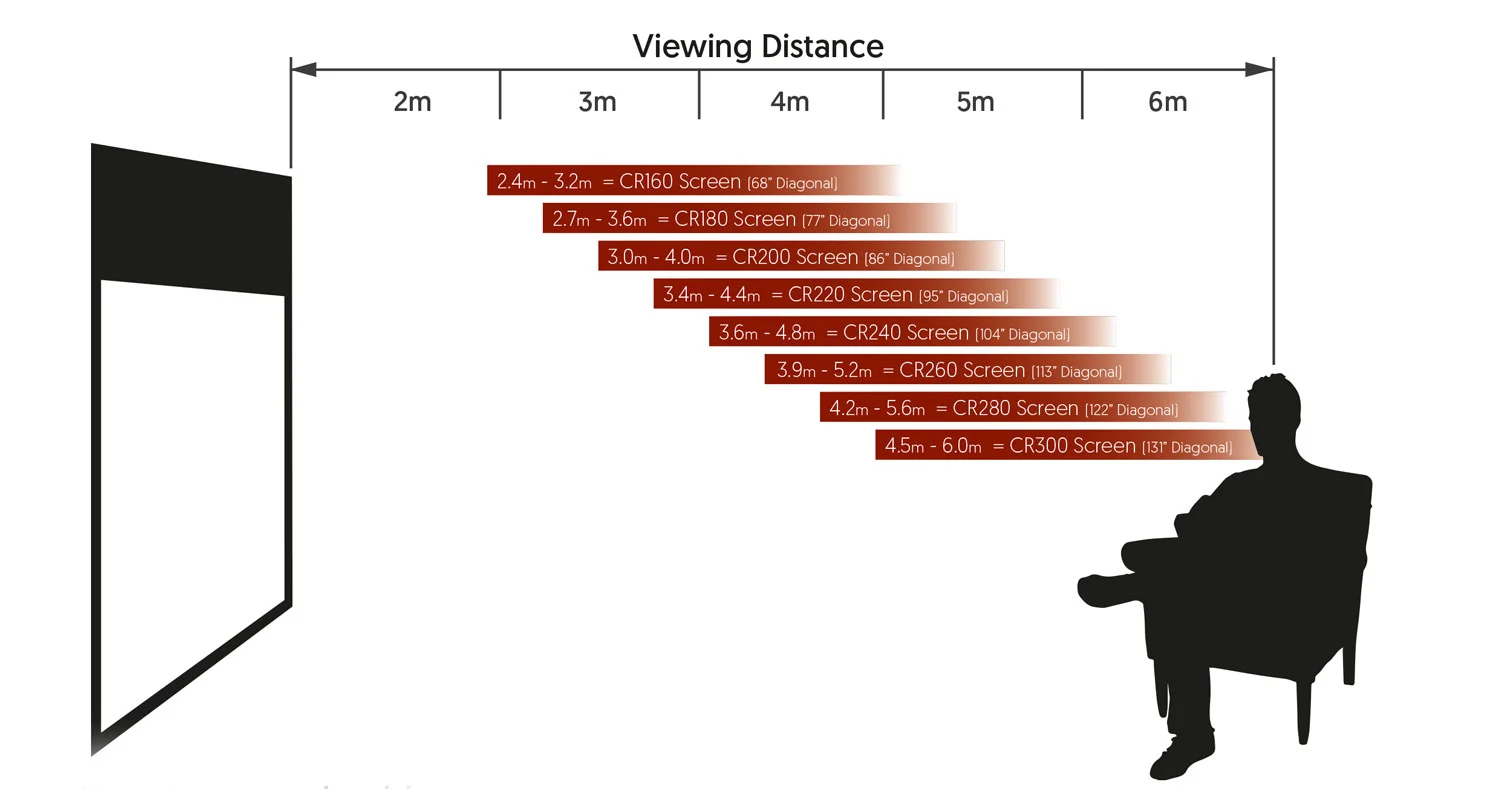You can contact us 24/79999 589 405
The best discounts this week
Every week you can find the best discounts here.
Recent Comments
Archives
Categories
A Guide to Selecting the Right Screen Size for Your Projector
In today’s digital age, projectors have become a staple in various settings, from classrooms and boardrooms to home theaters and outdoor events. They offer a convenient way to display images, videos, and presentations on a large screen, making them ideal for sharing information or enjoying entertainment with a group of people. However, choosing the right screen size for your projector can be crucial to ensure optimal viewing experiences. In this guide, we’ll explore the factors to consider when selecting the perfect projection screen size for your needs.
Understanding Aspect Ratio
Before diving into screen sizes, it’s essential to understand aspect ratios. Aspect ratio refers to the proportional relationship between the width and height of an image. The two most common aspect ratios for projectors are 4:3 and 16:9.
- 4:3 Aspect Ratio: This is a more square-shaped format, often associated with older television screens and standard presentations.
- 16:9 Aspect Ratio: This is a widescreen format commonly used for modern televisions, movies, and high-definition content.
When choosing a screen size, consider the aspect ratio of the content you’ll be displaying to ensure it fits well on the screen without distortion or cropping.
Determining Viewing Distance
One of the primary considerations when selecting a projector screen size is the viewing distance. The distance between the projector and the screen, as well as the distance between the audience and the screen, will impact the perceived size and clarity of the projected image.
- Short Throw Projectors: These projectors are designed to be placed close to the screen, making them suitable for small spaces or environments where long throw distances are not feasible.
- Long Throw Projectors: These projectors are intended for larger spaces where the projector must be placed farther away from the screen to achieve the desired image size.
To determine the optimal viewing distance for your projector, consider factors such as the size of the room, the seating arrangement, and the intended audience size.
Calculating Screen Size
Once you have determined the aspect ratio and viewing distance, you can calculate the ideal screen size for your projector. There are several methods for doing this, but one common approach is to use the diagonal screen size.
- Diagonal Screen Size: Measure the distance from one corner of the screen to the opposite corner diagonally. This measurement represents the diagonal screen size, which is often expressed in inches.
- Screen Height and Width: Alternatively, you can calculate the screen size based on the desired height or width of the projected image. For example, if you want a screen with a height of 6 feet and an aspect ratio of 16:9, you can calculate the width using the formula: Width = Height x Aspect Ratio.
- Projection Calculator Tools: Many online tools and projector manufacturers offer projection calculators that can help you determine the optimal screen size based on your projector model, aspect ratio, and viewing distance.
SCREEN SIZE CALCULATOR – Click Here
Considering Room Constraints
In addition to aspect ratio, viewing distance, and screen size calculations, it’s essential to consider any constraints or limitations imposed by the room or environment where the projector will be used.
- Ceiling Height: Ensure that there is sufficient clearance between the ceiling and the top of the screen to avoid obstructing the projected image.
- Wall Space: Consider the available wall space for mounting the screen and ensure that it is large enough to accommodate the desired screen size.
- Ambient Light: Take into account the ambient light conditions in the room, as excessive brightness can wash out the projected image, while too little light can result in a dim or washed-out image.
Conclusion
Choosing the perfect projection screen size for your projector involves considering a variety of factors, including aspect ratio, viewing distance, room constraints, and intended use. By taking these factors into account and carefully calculating the optimal screen size, you can ensure that your projected images are clear, immersive, and enjoyable for your audience. Whether you’re setting up a home theater, delivering a business presentation, or hosting an outdoor movie night, selecting the right screen size is key to a successful projection experience.



